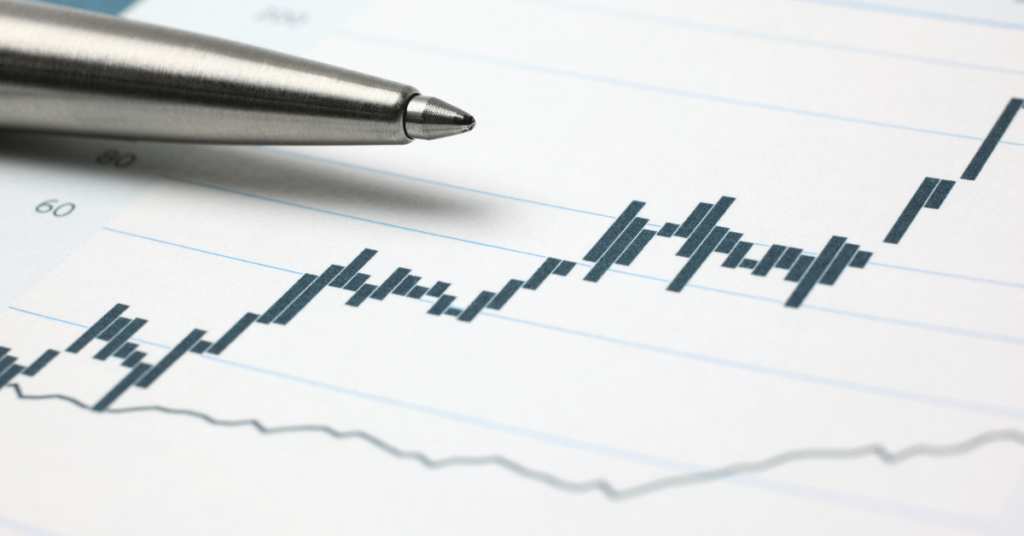
How to Trade Profitably
I like to show people how to trade profitably.
Many years ago I travelled around Australia running a seminar showing people how to manage their risk appropriately. The videos for this seminar are titled The Profitable Trader and are available here.
In the seminar I suggest that the 2% rule is not appropriate for everybody.
You know the 2% rule; you risk no more than 2% of your capital on any one trade? But, if you have a strategy that has a win rate of 50% then mathematically at some stage you will have sixteen loses in a row. If you’re risking 2% per trade, and have sixteen loses in a row then your drawdown is going to be around 30% at some stage. If you can only handle a maximum drawdown of 10% then you should not be trading using 2%.
Risk is a function of how much pain you can withstand in order to keep trading a strategy over the long term. If you can’t deal with the bumps along the way then you’re never going to stick to the strategy and meet your trading goals.
When we start trading we don’t believe there’s going to be losing trades in a row, sometimes fifteen losing trades in a row. No one says you’re actually going to, at some point, lose 15% of your capital. When the journey is plotted out for us, which is what I do for people, some people then aren’t happy. And that’s fine. Trading isn’t for them.
A lot of people come into this game, without understanding what lies ahead. Then when they hit the first speed bump, they get scared and start looking for answers. They throw in the towel, throw the strategy away, and look for a better strategy. Obviously when they get to that second strategy the same thing happens. So it’s important for people to understand that risk is part of the journey.
There’s nothing wrong with risk. I think Liz Cheval summed it up: The volatility of your account is not about risk. It’s just about travelling the journey, and you’ve got to be able to do that.
Obviously, there’s different degrees of volatility. I think the average person can probably handle a 20% drawdown. Once you go beyond 20% it becomes more difficult. But then you’ve got someone like Bill Dunn who’s been through a 60% drawdown.
I say to people, that at some stage you’re going to have a 20% drawdown. And if they say, “That’s not acceptable” I remind them that they’ve been a buy and hold investor and suffered a 50% drawdown (2008). 20% sounds better, doesn’t it?
When a person gives money to a fund manager they stop taking responsibility for their losses. There’s a disconnection. But when someone trades for themselves, they take responsibility for their losses. I have people who come to me, do their own trading, follow my instructions and have a 20% drawdown and are not happy. Yet, by the same token they can put their money into a mutual fund and are down 50% and live through it. Go figure.
Are you prepared to lose 50% of your capital to make 10% return? I guarantee, if we ask two hundred people that question, you’re going to get two hundred people saying “absolutely not, that’s not acceptable.” Yet, out of those two hundred people, how many of them would actually take responsibility, take action, do something better for themselves? Not many. The majority of people will stick with what they’re doing, in the hope that it will come back. “I’ll just wait for this to come good.” Well, it’s been five years since it was good. How much longer do you wait?
Liz Cheval had an annualized return of 22% over the last twenty-five years. And I say to people, “Tell me what you think a 22% annualized return for thirty years looks like?” And they visualise a perfect 45-degree linear equity curve.
Then I show them the month by month track record of someone like Liz Cheval, and they can’t believe that she had five losing years. Liz Cheval stood up to the plate every day, places orders, manages orders, every day and every week, every month, every year, for twenty-five years. She stood up to the plate because she knew she had an edge. She understood that over time, she couldn’t lose. All she had to do was keep placing the orders and ride the journey.
So when people understand that someone like Liz Cheval, who had been doing this for twenty-five years, and had a 22% annualized return for that period of time –actually has a losing year, let alone three losing months, then hopefully they understand that this is part of the journey.


